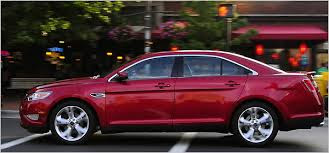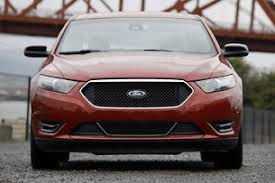Two gas shortages in the 1970's and government mandated emissions regulations left The Big Three scrambling to develop computerized, electronic engine control systems that could enable automobile engines to run cleaner and more efficiently. Although micro processing was hardly what it is today those engine control systems, introduced on Fords in 1978, did do what they were intended to do. However, they also impeded engine performance, drivability, were prone to failure and were expensive to repair. Worse yet, there was no legal way to bypass them. Combined with low brake horsepower, low torque and numerically high drive ratios, despite lower curb weights, the early 1980's were the nadir of poor performance in American automobiles and it seemed as though merely adequate automobile performance was a thing of the past.
Therefore, it was nothing short of remarkable when Ford offered a "performance" V-8 engine in their Mustang GT in 1982. Thanks to the rapid development of Ford's Electronic Engine Control Systems or "EEC", the Boss was back" even if at full boil that V-8 made only 157 horsepower. Didn't matter to a horsepower starved America; it had more power than any other engine Ford offered at the time and it provided performance that was all but impossible just five years prior given the state of primitive, mechanical emission control systems. What's more, that engine had an old fashioned carburetor and not, what was becoming increasingly commonplace at the time, fuel injection.
If there was any problem with the Holley equipped V-8 1982 Mustang GT, it was that if you wanted the go fast V-8 you could only get it with a manual transmission. If you wanted an automatic with your GT in 1982, Ford offered their de-bored 120 horsepower, carbureted, 255 cubic inch V-8. For 1983, the 255 was discontinued so for '83, no V-8 engine was offered on any Mustang that did not have a manual transmission.
That changed in 1984 when Ford began offering a "High Output" V-8 Mustang with an automatic transmission. However, it was not the same engine they offered in Mustangs (and Mercury Capri's for that matter) with manuals. It was, instead, a "High Output" version of the fuel injected engine they sold in all other rear wheel drive automobiles that had either a V-8 option or as standard equipment.
While it was slightly less powerful than the carburetor equipped V-8 engines in the manual transmission cars, those of us who prefer automatics to manuals finally had a High Output V-8 Mustang.
Who says you can't have your cake and eat it too?
By 1986 all Ford Mustangs featured fuel injection.
If there was any problem with the Holley equipped V-8 1982 Mustang GT, it was that if you wanted the go fast V-8 you could only get it with a manual transmission. If you wanted an automatic with your GT in 1982, Ford offered their de-bored 120 horsepower, carbureted, 255 cubic inch V-8. For 1983, the 255 was discontinued so for '83, no V-8 engine was offered on any Mustang that did not have a manual transmission.
That changed in 1984 when Ford began offering a "High Output" V-8 Mustang with an automatic transmission. However, it was not the same engine they offered in Mustangs (and Mercury Capri's for that matter) with manuals. It was, instead, a "High Output" version of the fuel injected engine they sold in all other rear wheel drive automobiles that had either a V-8 option or as standard equipment.
While it was slightly less powerful than the carburetor equipped V-8 engines in the manual transmission cars, those of us who prefer automatics to manuals finally had a High Output V-8 Mustang.
Who says you can't have your cake and eat it too?
By 1986 all Ford Mustangs featured fuel injection.
















































